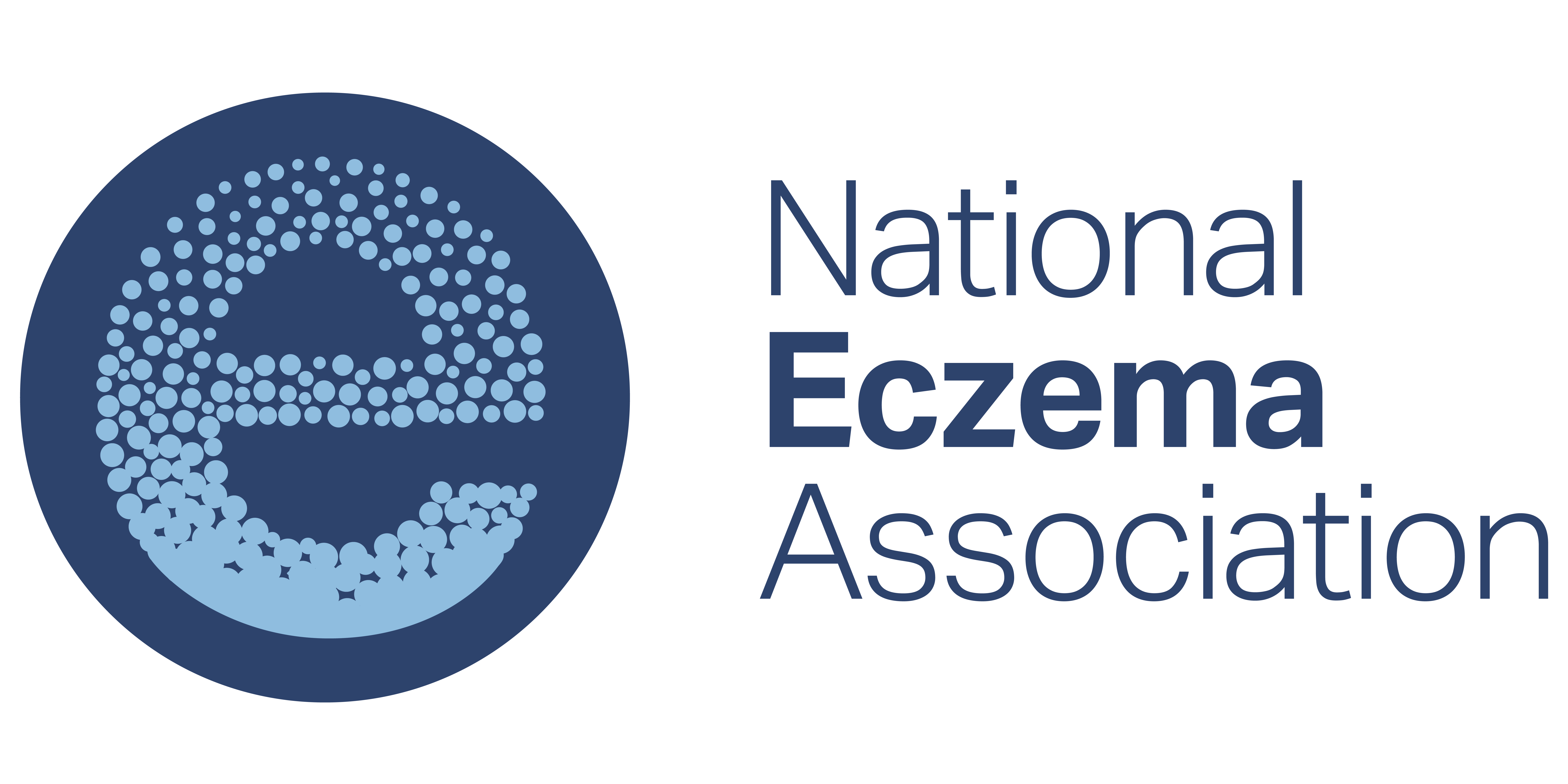Addressing Acute Care Needs in Atopic Dermatitis: A Call for Improved Access and Management
© 2025 HMP Global. All Rights Reserved.
Any views and opinions expressed are those of the author(s) and/or participants and do not necessarily reflect the views, policy, or position of The Dermatologist or HMP Global, their employees, and affiliates.
Atopic dermatitis (AD) is a chronic inflammatory skin condition that affects millions of people worldwide. This complex disease impacts patient’s quality of life and places a significant burden on health care systems. Research has highlighted the challenges that patients with AD encounter in accessing timely care for acute needs, emphasizing the importance of developing strategies to improve patient outcomes and reduce health care utilization.
The Burden of AD
AD is associated with a substantial multidimensional burden and high health care utilization. The chronic nature of AD, characterized by periods of remission and flare-ups, necessitates ongoing management and occasional acute interventions. For many patients, particularly those with uncontrolled disease or limited education on treatment and prevention, acute care needs can arise unexpectedly.
Impact on Health Care Systems
The rising trend of emergency department (ED) visits for AD is a cause for concern. Approximately 10% of adults with AD visit EDs or urgent care centers annually, despite the higher costs associated with these services compared to outpatient care. This increase in ED utilization suggests that patients may struggle to access timely care through traditional outpatient channels.
Barriers to Care
Several factors contribute to the difficulties patients face in accessing timely care for acute AD needs, including:
- Sociodemographic factors
- Insurance issues
- Complexity of the health care system
These barriers can lead to delayed treatment, exacerbation of symptoms, and increased reliance on emergency services.
Study Insights: Acute Care Needs and Wait Times
A survey conducted in November and December 2021, targeting adult patients aged 18 years and older and caregivers of pediatric patients, aimed to investigate the frequency of acute care needs among patients with AD and the wait times they experience when seeking care from primary AD health care providers. Participants could access the survey through the National Eczema Association website, email, social media, and EczemaWise app. The study included 870 respondents and identified several key findings, which are detailed below.
Frequency of Acute Care Needs
Most patients (58%) saw a specialist as their primary AD health care provider. On average, patients experienced 2.5 acute care needs in the previous year. This frequency demonstrates the importance of having readily available access to care for patients with AD.
Wait Times for Care
One of the most striking findings was that 26% of respondents reported waiting, on average, longer than 2 weeks to see their or their child’s primary AD health care provider for acute care needs. This prolonged wait time can lead to worsening of symptoms and increased patient discomfort.
Specialist vs Non-Specialist Care
Patients seeing specialists were more likely to experience longer wait times compared to those seeing non-specialists:
- 28.9% of patients seeing specialists waited longer than 2 weeks
- 18.9% of patients seeing non-specialists waited longer than 2 weeks (P = .021)
This disparity suggests that specialists may offer more specialized care but have longer wait times due to high demand.
Patient Behavior in Response to Delayed Care
When unable to receive same-day care from their primary AD health care provider:
- 14.3% of respondents sought care at an ED or urgent care center
- 55.5% waited for their or their child’s appointment without seeking alternative care
- Of those who waited, 67.8% of patients experienced exacerbated flares
Strategies for Improving Acute Care Management
To address the challenges identified in this study, health care providers and systems should consider implementing the following strategies.
1. Proactive Care Models
Developing care models that leverage nurses and allied health professionals can be effective in providing education and prevention strategies. These professionals can offer valuable support in managing acute care needs and reducing the burden on specialists.
2. Eczema Action Plans
Providing patients with written instructions or eczema action plans can empower them to manage their condition more effectively. These plans can help patients and caregivers identify when immediate care is needed and provide guidance on self-management strategies.
3. Patient Education
Health care providers should focus on educating patients and caregivers about:
- Recognizing the signs of a flare or infection
- Understanding when immediate care is necessary
- Implementing preventive measures to reduce the frequency of acute care needs
4. Improved Follow-up Care
For patients who do utilize ED or urgent care services, it is crucial to establish a system for outpatient follow up. This can help prevent readmissions and ensure continuity of care.
Conclusion
This study’s findings identified the significant challenges patients with AD face in accessing timely care for acute needs. The high frequency of acute care needs, combined with long wait times and the potential for symptom exacerbation, highlights the importance of developing more efficient and accessible care models. A multifaceted approach that incorporates proactive care strategies, patient education, and improved access to both specialist and non-specialist care is needed to address these challenges. By implementing these strategies, health care providers and systems can work toward reducing the frequency and impact of acute care needs in AD, ultimately improving patient outcomes and quality of life. Moving forward, it is essential for health care providers, policy makers, and researchers to collaborate in developing and implementing innovative solutions that address the unique needs of patients with AD. Doing so may create a more responsive and effective health care system that better serves this patient population and reduces the overall burden of AD on individuals and society.
Reference
Loiselle AR, Johnson JK, Thibau IJ, et al. Frequency and wait times for acute care needs in outpatient care settings in the U.S.: a survey study of patients with atopic dermatitis. Arch Dermatol Res. 2025;317:382. doi:10.1007/s00403-025-03889-6











